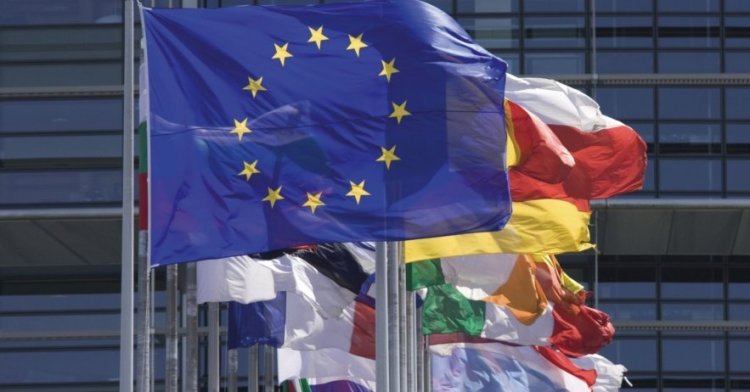When domestic unemployment is high, recession looms and budget cuts are being made, it is difficult for politicians to legitimise development aid for countries far away. For instance, Greece spent only 0.11% of its gross national income on official development assistance in 2011. It should increase up to 0.7% by 2015, but it would be difficult to find support among the Greeks for such new expenses.
However, the development funding provided for the Commission is included in the EU’s six-year budget. The funds are ’locked in’ for that period, so they will be less subjected to political pressure. Nevertheless, keeping up the legitimacy of the European development policy requires creativity and efficient funding. In this context, the European Commission issued the Agenda for Change.
The Agenda for Change
The main goal of the Agenda for Change is to improve effectiveness and efficiency in the fight against poverty. Improving these would make a difference, since the Commission is responsible for 11 billion euros of aid, which makes it the second largest donor in the world, after the United States. The Commission made different proposals. It wants a better and closer cooperation with the member states, as well as with the partner countries receiving the aid. Eighty per cent of the aid is still the direct responsibility of the member states. More coordination would lead to scale benefits. Moreover, the EU does not have a colonial history and will consequently start with a clean slate towards its recipients.
Next, better coordination between the internal policies and the external policies of the EU is necessary. For instance, it would be difficult to develop local farms if the market is saturated with European agricultural products resulting from export subsidies.
Moreover, the delivered aid would have to be prioritised in two ways. First, eradicating poverty should be on top of the priority list, as well as good governance and sustainable growth. Second, the aid to the so-called ’emerging countries’ should be diminishing in favour of the poorest countries. The emerging countries (which are more or less referred to as middle-income countries) are those that are expected to be the future leading economies. They are estimated to generate sufficient resources to develop themselves in the near future. For example, in 2010 China received over 33 million euros development aid, while the Chinese invested 900 million euros in the EU in the same year.
The negotiations
As the Parliament and the Council (uniting the member states) are discussing the Agenda, several issues arise. First, which countries will receive less? It is a difficult political exercise. For instance, some countries in Latin America are qualified as middle-income countries and could receive less funding. Due to its historical ties with its former colonies, Spain opposes the cutback for Latin America. A general compromise is needed. Second, the Parliament argued that seventy per cent of the people living in poverty are just in those middle-income countries. Downsizing the aid for those countries would make the goal of eradicating poverty even more difficult.
Third, the preferences of the member states diverge. Some, such as the UK and the Netherlands, prefer a bigger role for the United Nations. Others, such as Spain and Italy, tend to favour a renationalisation of development aid. There is also no consensus on whether the aid should focus on eradicating poverty, or if it should be subjected to strategic goals. This disagreement will be even more difficult in the future with the creation of the European External Action Service (EEAS). The EEAS serves as a Ministry of Foreign Affairs under the supervision of Catherine Ashton and could compromise the focus on poverty.
Conclusion
Numerous challenges lie ahead of the EU’s development policy. Member states are reluctant to concede their resources to the EU, especially during the current economic crisis. Furthermore, the goals of the policy will always be discussed. However, it remains important to stress the consequences of a good development policy. It will not only help the recipients, but it will also help our society develop. A good policy will enhance trade benefits for both sides. Moreover, it will generate a healthier society and therefore less illegal migration and less need for border control.


Follow the comments: |
|
